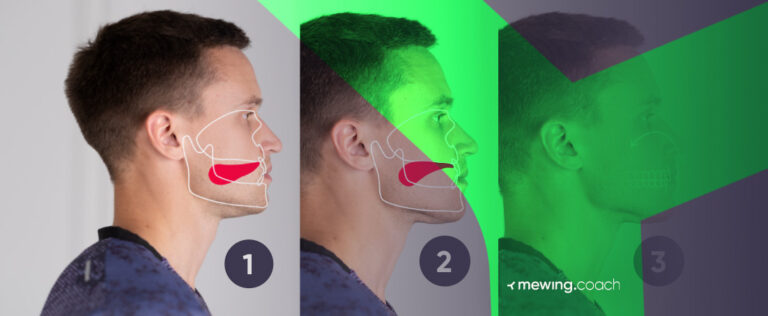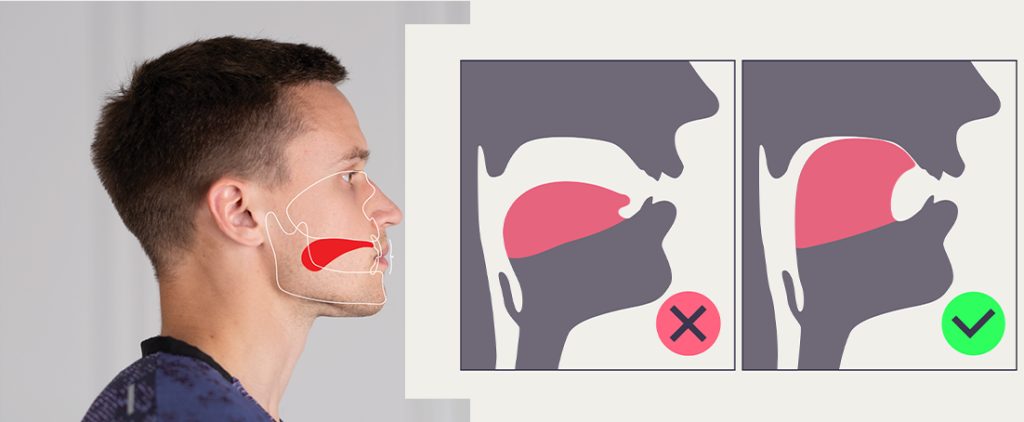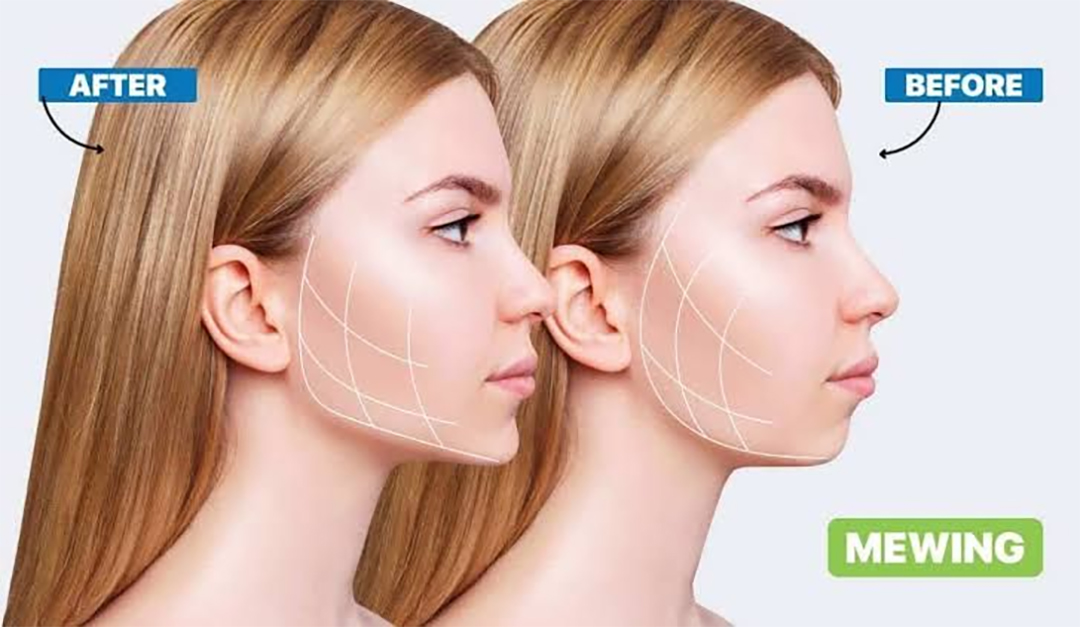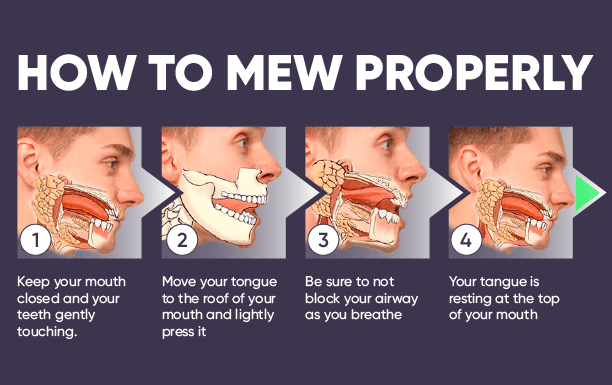In recent years, the term “mewing” has gained significant traction online, particularly among individuals seeking to enhance their facial aesthetics. But what does mewing mean, and why has it become such a popular topic? This article delves into the concept of mewing, its origins, techniques, and the potential benefits and drawbacks associated with this practice.
Key Takeaways
- Mewing involves a specific tongue posture aimed at improving facial structure.
- The technique was popularized by Dr. John Mew and his son Dr. Mike Mew.
- Proponents claim benefits such as improved jawline definition and better breathing.
- Scientific evidence supporting mewing is limited, and results may vary.
- Consistency and correct technique are crucial for potential results.

The Origins of Mewing
Mewing is named after Dr. John Mew, a British orthodontist, and his son Dr. Mike Mew. The concept is rooted in the belief that proper tongue posture can influence facial development over time. Dr. John Mew introduced the idea as part of a broader theory known as “orthotropics,” which emphasizes natural facial growth through correct oral posture and breathing techniques.
What Does Mewing Involve?
At its core, mewing involves maintaining a specific tongue posture. The tongue should rest on the roof of the mouth, with the tip just behind the front teeth but not touching them. The entire tongue should be pressed against the palate, applying gentle pressure. This position should be maintained consistently throughout the day, even when swallowing.
Why Has Mewing Gained Popularity?
The rise of social media platforms and online communities has played a significant role in popularizing mewing. Many individuals share their personal experiences and transformations, attributing improvements in facial aesthetics to this technique. As a result, mewing has become a topic of interest for those seeking non-surgical methods to enhance their appearance.
Potential Benefits of Mewing
Proponents of mewing claim various benefits, though it’s important to note that scientific evidence is limited. Some of the purported advantages include:
- Improved Jawline Definition: By promoting proper tongue posture, mewing may contribute to a more defined jawline over time.
- Enhanced Facial Symmetry: Consistent mewing practice is believed to encourage balanced facial growth, potentially leading to improved symmetry.
- Better Breathing: Correct tongue posture may aid in opening the airways, facilitating easier and more efficient breathing.
- Postural Benefits: Mewing encourages awareness of posture, which can extend beyond the face to overall body alignment.

Scientific Perspective on Mewing
While anecdotal evidence abounds, the scientific community remains cautious about endorsing mewing as a definitive solution for altering facial structure. Research on the long-term effects of mewing is limited, and results can vary based on individual anatomical factors. However, the emphasis on correct oral posture aligns with established orthodontic principles that advocate for healthy oral habits.
How to Practice Mewing Correctly
For those interested in trying mewing, proper technique is essential to maximize potential benefits. Here are some guidelines to get started:

- Find the Right Tongue Position: Ensure the entire tongue, including the back, is pressed against the roof of the mouth.
- Avoid Touching the Teeth: The tongue tip should not touch the front teeth, as this can lead to improper posture.
- Practice Consistently: Aim to maintain the tongue posture throughout the day, even during activities like talking and swallowing.
- Be Patient: Mewing is not a quick fix; it requires patience and consistency over time to observe any potential changes.

Challenges and Considerations
Mewing is not without its challenges. Some individuals may find it difficult to maintain the correct tongue posture consistently. Additionally, those with certain dental or orthodontic conditions should consult a healthcare professional before attempting mewing. It’s essential to approach mewing with realistic expectations and understand that results, if any, may take considerable time to manifest.
Is Mewing Right for You?
mewing represents an intriguing yet controversial approach to facial enhancement. While it has garnered a following online, the scientific backing is still in its infancy. Individuals interested in mewing should approach it with a critical mindset, acknowledging both the potential benefits and limitations. Consulting with an orthodontist or healthcare professional can provide valuable insights tailored to individual needs.
Ultimately, mewing may offer subtle improvements for some, but it is not a guaranteed solution for everyone. As with any self-improvement practice, consistency, patience, and realistic expectations are key to achieving desired outcomes.